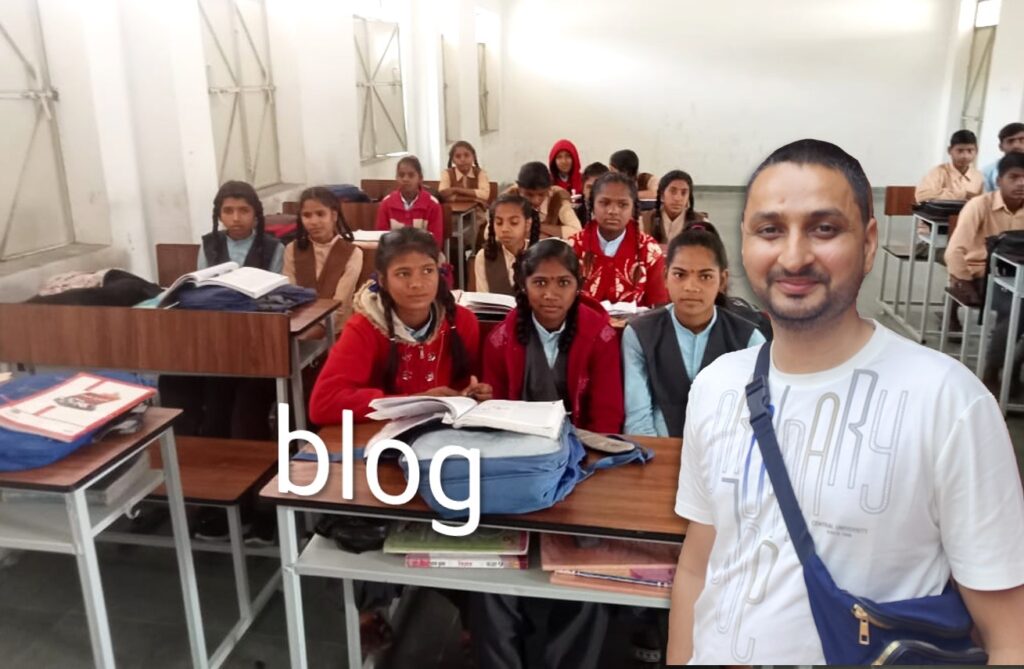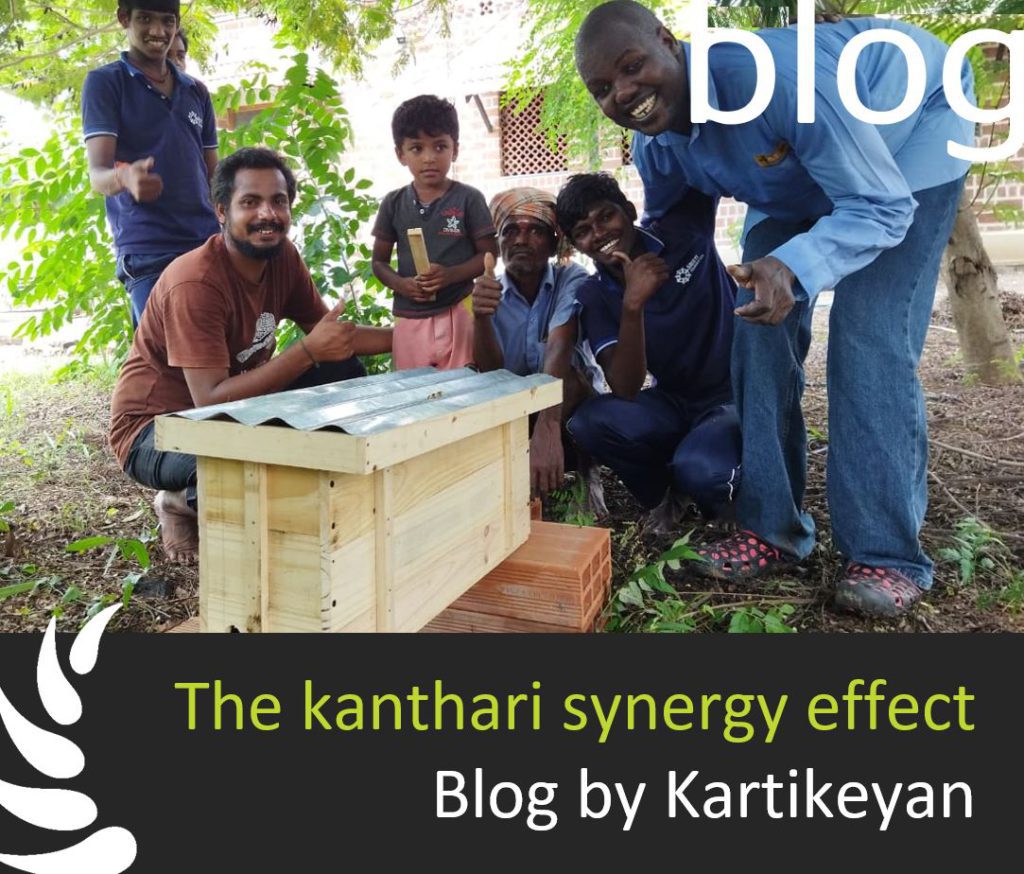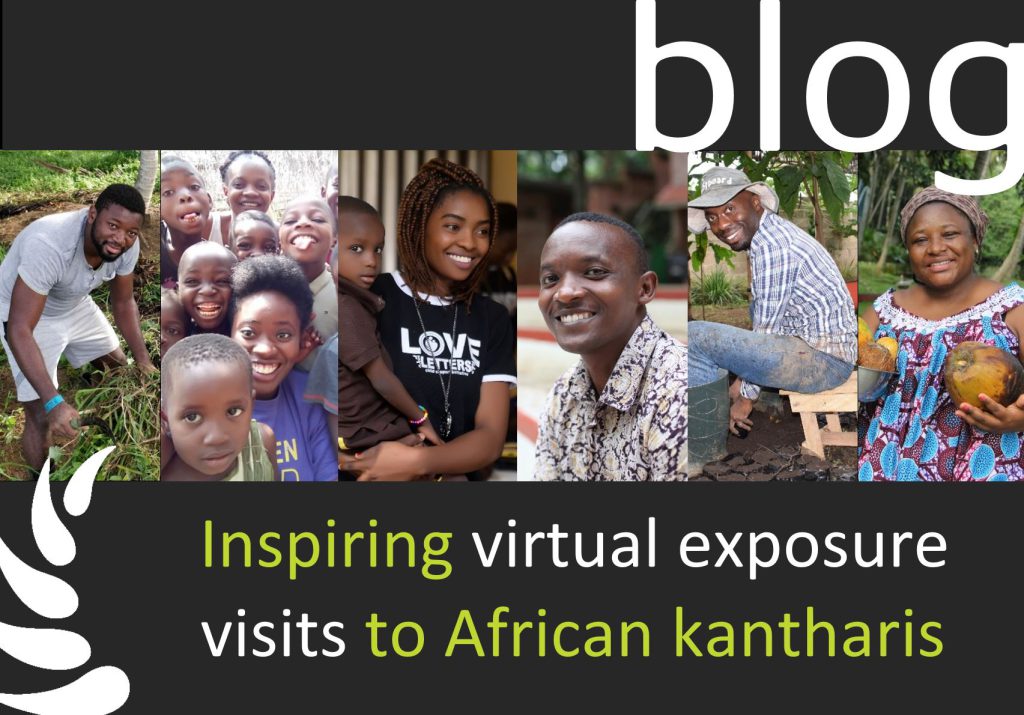Prakash is on a mission to establish his organization, Swapnisthan (Hindi for “Place for Dreams”)in India’s Tribal Communities. His goal is to empower marginalized adolescents and youth to complete high school with essential 21st-century skills, enabling them to pursue meaningful careers. To learn more about Prakash’s journey and the inspiration behind Swapnisthan, keep reading:
By Prakash Chandra Dangi
A Growing Nation with Unequal Benefits
India, the largest democracy in the world, is growing swiftly, resulting in substantial socio-economic development and creating new opportunities. However, not everyone in India benefits from this progress, especially those in remote areas and historically marginalized communities, such as the Adivasi and Dalits (Scheduled Tribes and Scheduled Castes).
Rajasthan’s Hidden Struggles
In Rajasthan, almost 30% of the population (Census 2011) faces these challenges. Several regions in the state have a high concentration of historically marginalized communities. For instance, Banswara has the highest number of tribes at around 72%, while Dungarpur and Udaipur have over 50%.
A Personal Connection to Marginalization
I belong to the Udaipur District of Rajasthan, where I grew up with many friends from these communities. In my region, tribes like Bhils and Minas, along with Scheduled Castes like Balmiki, Bhangi, Khatik, Megwal, and Salvi, are prevalent. Unfortunately, all my friends from these marginalized communities dropped out of school after completing the 10th standard. At that time, I wasn’t interested in understanding the reasons, but now, as someone passionate about education and its impact on socio-economic development, I am deeply concerned.
Disparities Just Beyond the City
Imagine a village just 7 km away from the city center yet facing such stark educational disparities.
An Eye-Opening Experience in Rural Education
In 2020, I joined an NGO focused on promoting digital literacy in government schools in Udaipur. During my visits, I engaged in discussions with young students and villagers about education and career aspirations. One day, in the village of Kharbar, about 75 km from the city center, I asked a class of 12th-grade students about their future aspirations. To my shock, not a single hand was raised. Eventually, a girl named Kamli (name changed) hesitantly said she wanted to be a teacher, but she was only allowed to complete 12th grade because her parents wanted it that way.
The Heartbreaking Reality of Kamli’s Dream
This interaction deeply influenced me, and I decided to visit her family. Kamli’s home was a small hut made of mud, stone, and bamboo, situated on a hill. Her mother, wearing a torn sari and a veil, told me that Kamli’s father would be the one to speak with me. He left early every morning to look for day-labor work and returned late at night. The next day, I met him and asked about Kamli’s education. He dismissed it as a waste of time and money, stating that his two sons would join him in earning money after completing higher secondary school. It became clear that he had no understanding or support for further education.

A Widespread Crisis in Marginalized Communities
Kamli’s story is not unique. Many students in these communities face similar problems. During my school visits, I observed that many students had never visited the city center, had no career aspirations, and attended school merely for ‘entertainment’, with no plans for further education. Their parents often believe that having their children work is a better investment.
Dreams Without Direction
I also met many students with dreams but no guidance on how to achieve them. Schools lack a support system for these students, leading them to drop out and take up labor work in the unorganized job market. This situation often results in youth engaging in liquor smuggling, becoming addicted to alcohol, child marriage, dragging down society.
Breaking the Cycle of Hopelessness
When I asked students about their future goals, they were blank, knowing only a few career options. How can a student who has never visited a city access a university? Without understanding the importance of education, how can they gain the confidence and motivation to pursue higher education and develop better career goals? The lack of economic resources, empowerment systems, motivation, understanding of the education system, and belief in education are significant problems for these marginalized communities. According to the recent Global Multidimensional Poverty Index (MDPI), the lack of education is one of the three dimensions leading to socio-economic issues. If the tribal community is not included in India’s development, overcoming these challenges becomes nearly impossible.
Swapnisthan focuses on students and parents, with additional outreach to government schools and the broader community. The project is dedicated to supporting tribal communities, Adivasis, and low-income families by tackling critical issues such as child marriage, high dropout rates, and the lack of quality education.
Prakash has already launched a pilot program in government schools and conducted awareness workshops.
learn more about kanthari here



